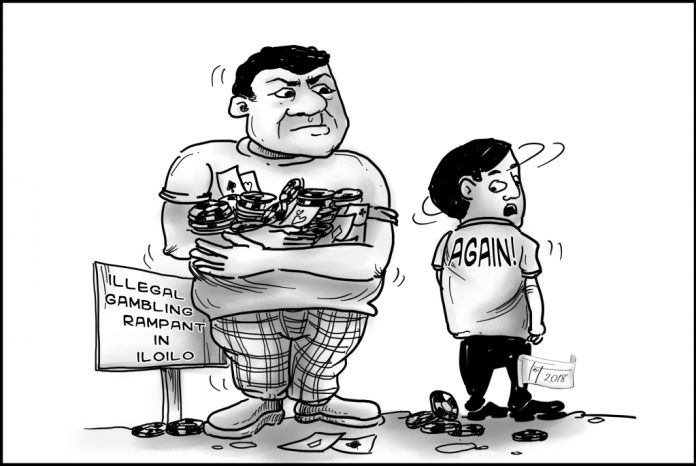
AROUND 230,000 people remain displaced and in need of stronger support one year after armed conflict broke out in Marawi City, Lanao del Sur.
Efforts to rehabilitate Marawi and assist its people must be stepped up to reduce the suffering of thousands of those who were displaced. The efforts are there, but these must match the growing needs of those who face prolonged displacement and are close to despair.
With the response shifting from emergency phase towards early recovery, food donations have dwindled and livelihood opportunities are reaching only a few. Majority of displaced families still depend on relatives or friends for support, while those in evacuation sites continue to struggle with poor living conditions in makeshift camps, increasing their risk of illness.
The displaced struggle to feed their families, buy medicines or resume their small businesses due to lack of livelihood opportunities or capital. Uncertainty about the future has added to their worries.
Authorities estimate that 65,000 residents from the main area where structures were reduced to rubble will be unable to return home for the next two to three years. The transitional site in Sagonsongan, Marawi City, can only accommodate 6,000 of them.
Many local and international organizations expressed commitment to support those who fled the fighting, and to do more by addressing gaps in the overall early recovery response, in coordination with the authorities. But it is primarily the government’s role to assist people affected by conflict. The pending issues concerning the transitional site such as lack of regular supply of water and absence of proper sewage collection and treatment should be resolved fast.
It has been a year since the armed clashes began and we still don’t know what lies ahead for the people of Marawi. We’re all starting to feel the weight of it. What exactly does the government intends to do? We hope this won’t spiral into a humanitarian crisis.





